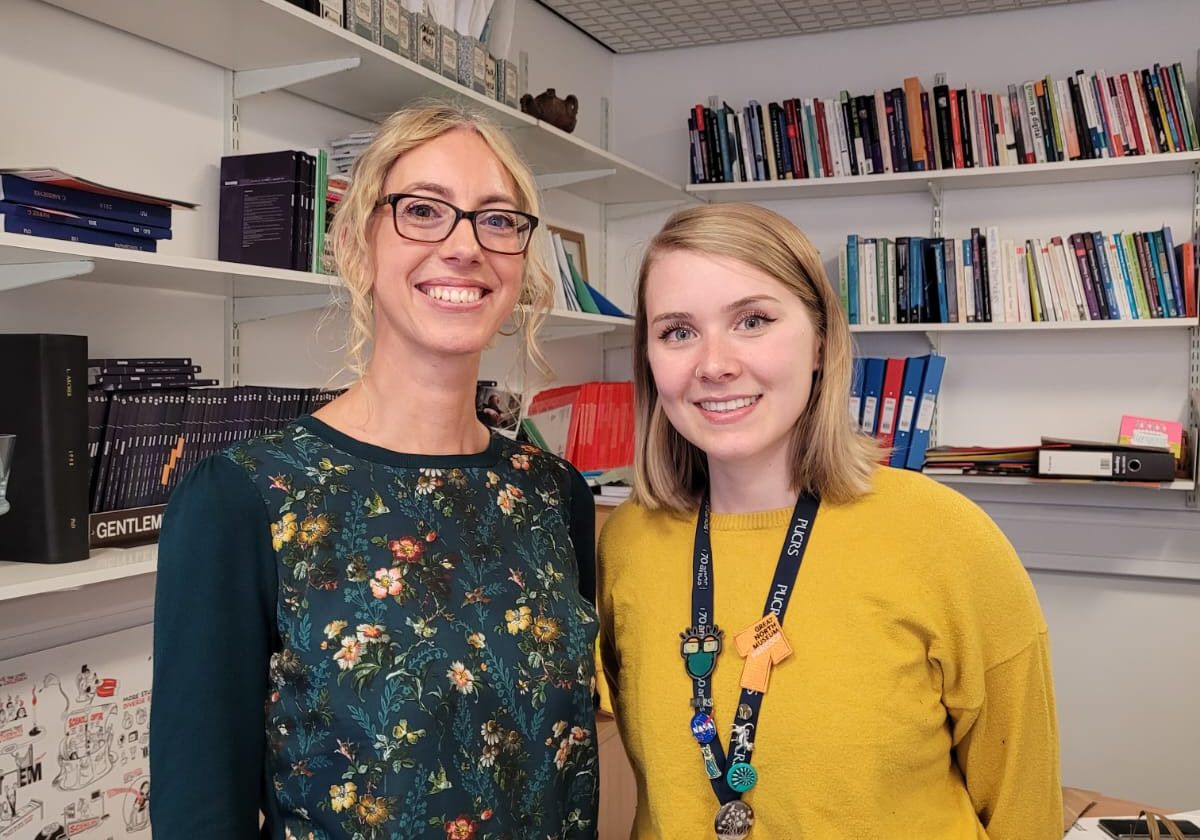A re-post from the IOE blog (available here) written by Tatiana Souteiro Dias and Emily MacLeod.
Collaboration with individuals and organisations beyond academia for the benefit of society is an increasingly important part of research teams’ activities. But how can academics achieve this when there are so many competing priorities? For Professor Louise Archer, Principal Investigator of the ASPIRES/ASPIRES 2 project – who received the 2019 ESRC Celebrating Impact Prize Panel’s Choice Award this week – investing time and effort in building long-term relationships based on trust and respect is one of the answers.
The multiple award winning team of ASPIRES, a longitudinal research project studying young people’s science and career ambitions from age 10 to 19, shared their successful impact strategies as part of the first IOE Impact Meet-up, a new series of workshops bringing together experts, doctoral students and early career researchers from the IOE to discuss how to make authentic impact a key consideration in research projects from their inception.
Professor Archer also advocates the idea of ‘co-serving’ as part of a successful impact strategy; she explained that she is always working with and learning from stakeholders through a wide range of formats, including advisory groups, sitting on committees, being a Trustee and close partnership work, such as co-designing teaching approaches with teachers.
Professor Archer and project officer Emily Macleod described the way their project has influenced science education policy and informed change in organisations as varied as the Science Museum Group, the Greater London Authority and Education Scotland – and how this was achieved.
Here are five takeaways from the talk:
1- Research impact is for the long run – It may take years for researchers, policymakers and members of organisations outside academia to gain the mutual trust and understanding required for the research impact to fully develop. Therefore, remember to consistently record the dissemination of your work and its impact from the beginning of the project, as you never know where it will lead, advises the team. Research projects may end, but the impact will continue.
To this effect, Emily Macleod recommends a simple spreadsheet to record what impact has occurred, who the impact has influenced, and how it was achieved, as well as the following categories:
- Date of impact
- Source/Output of impact
- Author/Actor of impact, and the type of author (e.g. teacher, charity, government department)
- Whether the impact is UK-based or International
- Audience Reached by the impact
- Key finding(s) from the research which influenced the impact
- Evidence of the impact
2- Learn how to work in new registers and speak the stakeholders’ language.Organisations may have a different culture and work in very different ways than researchers are used to. Although it is not always easy to achieve, Professor Louise Archer highlighted the importance of always considering and working to understand others’ points of view as well as their needs and interests when working collaboratively.
3- Institutional memory can be easily lost. Key employees, internal communications officers and, to a lesser extent, civil servants the team built relationships with moved on – and with them went the prior knowledge of the project. Continuous engagement then is required. Often, the team needed to start again from scratch. Policy changes due to emerging government priorities might also become a barrier to achieving impact, and a degree of flexibility and serendipity comes into play.
4- Be open and responsive. Having a communications officer as part of the research project team proved to be a valuable addition, as the researchers were alerted about useful developments within the world of policy that they might otherwise have missed. For instance, the communications officer who worked on the ASPIRES 2 project in 2018 found out about a newly created All Party Parliamentary Group on Diversity and Inclusion in STEM – the British Science Association APPG. This led to an opportunity for Archer to make a strong case for reviewing the effectiveness and desirability of the current GCSE Triple Science system (for more information see Aspires Triple Science Policy Briefing).
5- Partner with professional services staff. Large national research projects such as ASPIRES often have the budget and ability to incorporate a project officer to help plan and record their public engagement and impact activities in a timely, consistent and organised manner. As such, the expertise of professional services staff is highly valuable and saves academics crucial time. The researchers also benefited from a regular newsletter summarising key policy developments for an academic audience issued by the Public Affairs and Policy team.
 Close
Close






